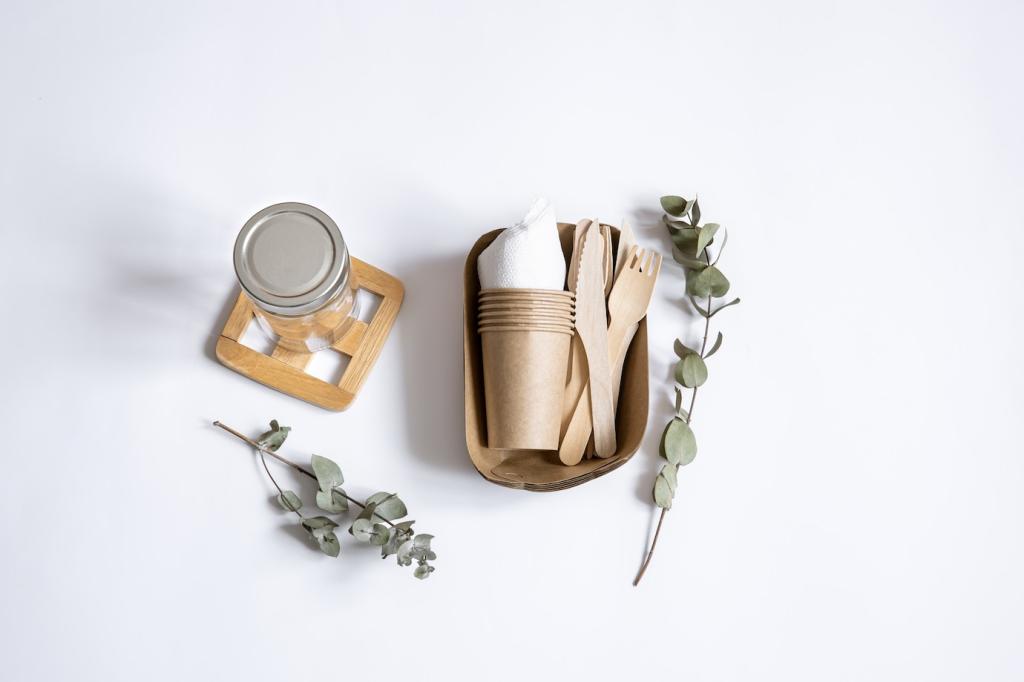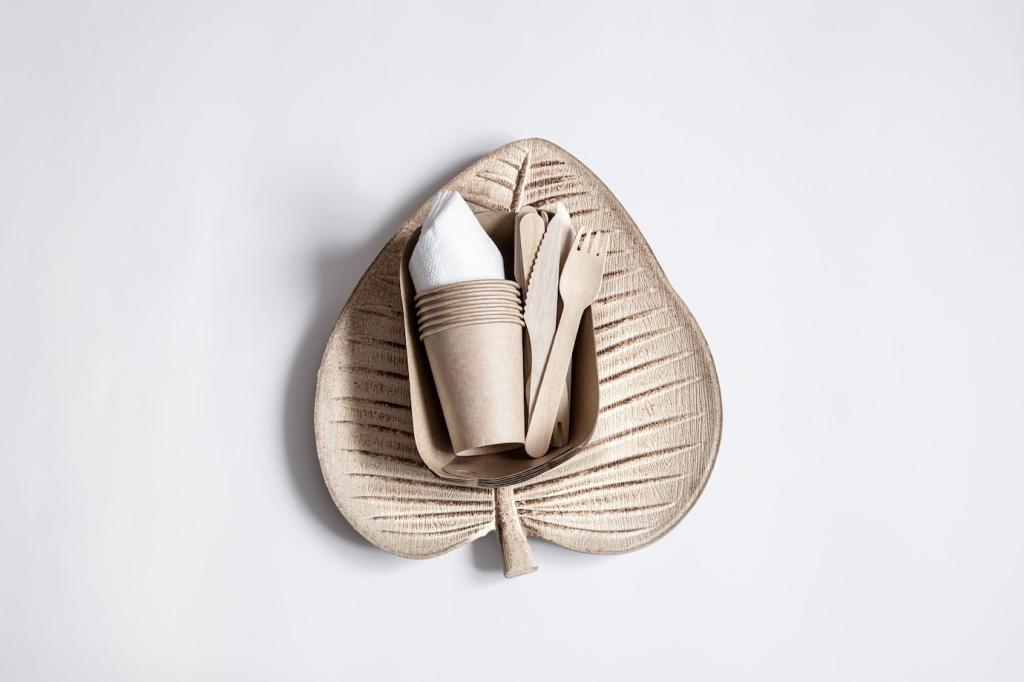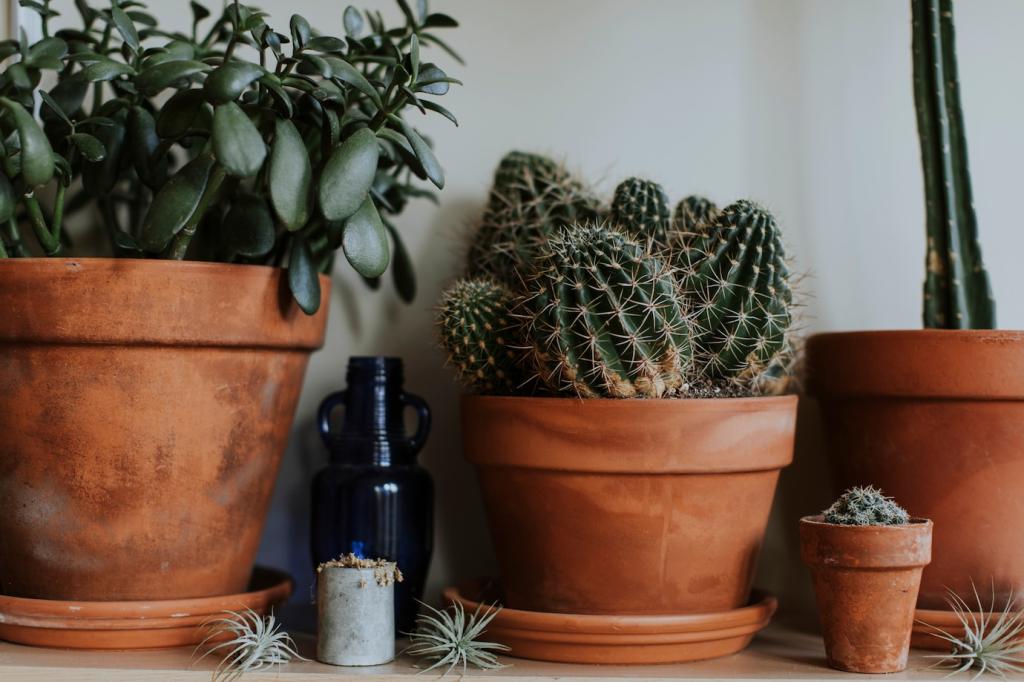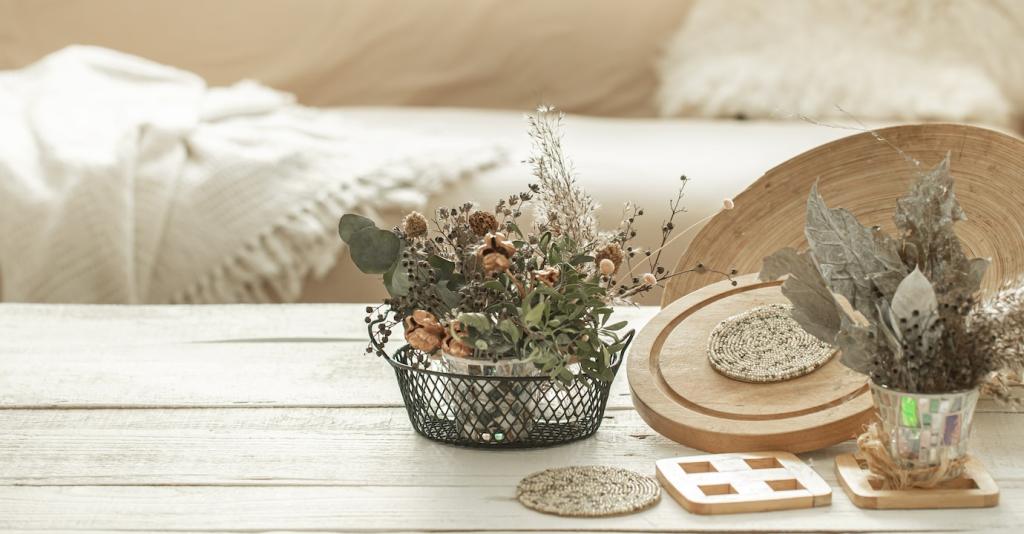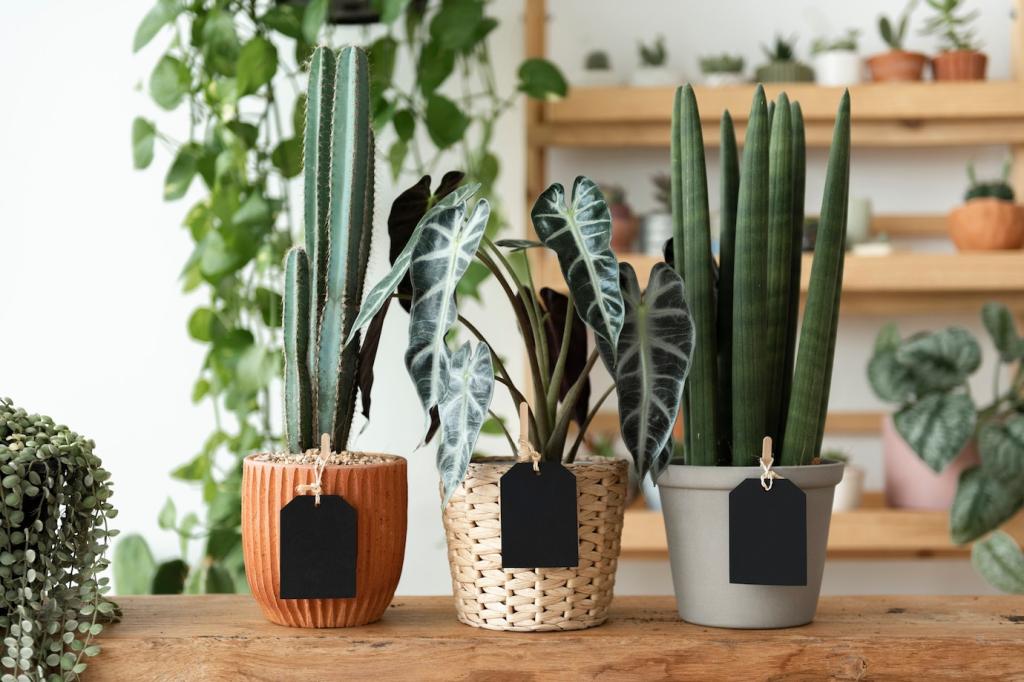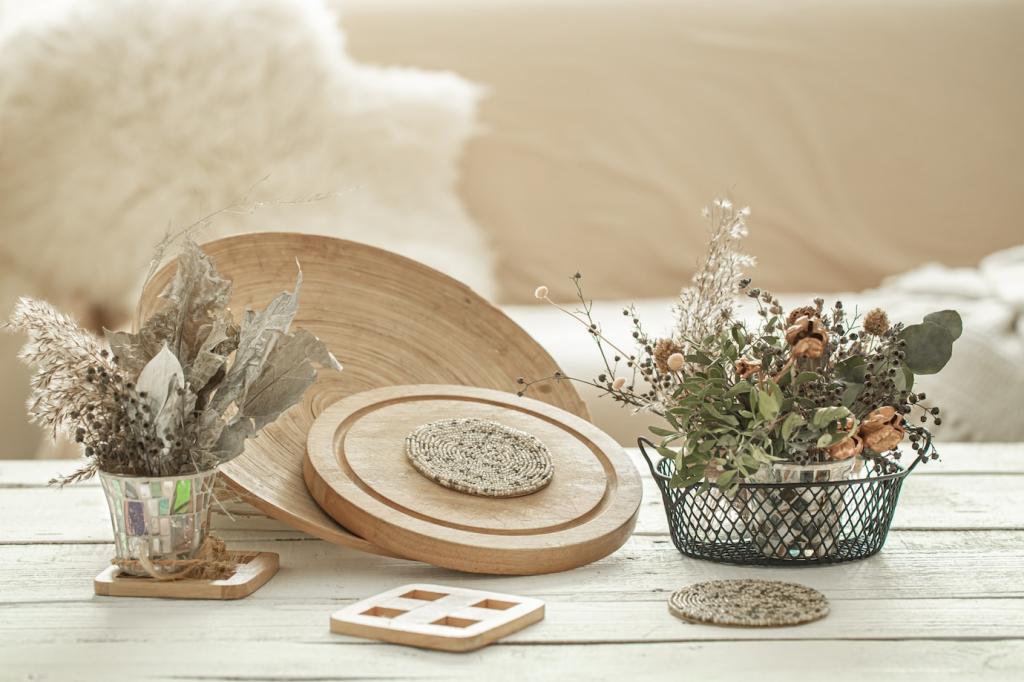Indoor Air Quality: Healthier Floors, Healthier Homes
Water‑borne finishes and factory‑cured UV coatings can slash emissions while delivering durability. Adhesives vary dramatically in VOC content, so insist on clear data sheets. Tell us about sensitivities or allergies in your household, and we’ll tailor safer product options accordingly.
Indoor Air Quality: Healthier Floors, Healthier Homes
Recycled‑rubber or cork underlayments can reduce impact noise and provide comfort without heavy chemical smell. Some options include integrated vapor barriers for basements. Drop a comment about your building type, and we’ll recommend underlayments suited to your acoustic needs.

